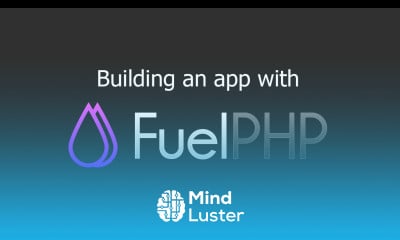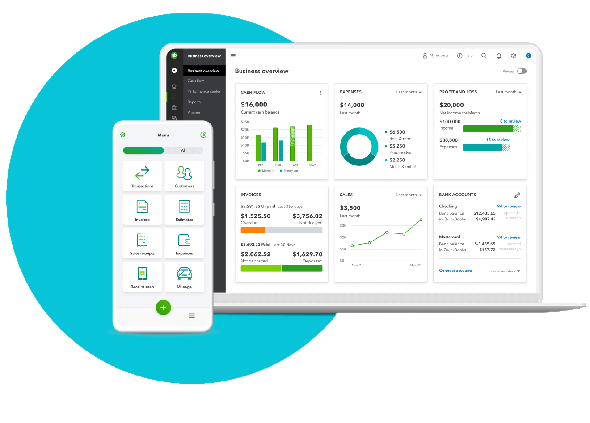Fuel PHP is a powerful and flexible PHP framework designed to help developers build robust and scalable web applications. As a part of the PHP ecosystem, Fuel PHP distinguishes itself through its unique features and architectural approach. In this guide, we will explore what Fuel PHP is, its key features, and why it might be the right choice for your next project.
Introduction to Fuel PHP
Fuel PHP is an open-source PHP framework that has gained popularity for its flexibility and simplicity. It was designed to address some of the common issues found in other PHP frameworks, making it a versatile tool for developers. Fuel PHP supports both the Model-View-Controller (MVC) and Hierarchical Model-View-Controller (HMVC) patterns, offering a range of options for application architecture.
Key Features of Fuel PHP
1. Full-Stack Framework
Fuel PHP is a full-stack framework, meaning it provides a comprehensive set of tools for building both the front-end and back-end of web applications. This includes built-in support for common tasks like routing, authentication, and database interactions.
2. Modular Architecture
One of Fuel PHP’s standout features is its modular architecture. The framework is designed to be highly modular, allowing developers to use only the components they need. This modularity helps in creating lean, efficient applications and simplifies the process of managing dependencies.
3. Flexible Configuration
Fuel PHP offers flexible configuration options that can be tailored to meet specific needs. Developers can easily configure settings for different environments, such as development, testing, and production, ensuring that the application performs optimally in each scenario.
4. Security Features
Security is a crucial aspect of any web application, and Fuel PHP takes it seriously. The framework includes built-in security features to help protect against common vulnerabilities such as SQL injection, cross-site scripting (XSS), and cross-site request forgery (CSRF). It also provides tools for secure password hashing and user authentication.
5. RESTful API Support
Fuel PHP includes support for creating RESTful APIs, making it a suitable choice for building modern web applications that require interaction with external systems or mobile apps. This feature simplifies the process of creating and managing APIs, allowing developers to focus on building functionality rather than dealing with complex API integration issues.
6. Active Record Implementation
Fuel PHP provides an Active Record implementation that simplifies database interactions. The Active Record pattern allows developers to interact with the database using object-oriented techniques, reducing the need for complex SQL queries and making code easier to read and maintain.
Advantages of Using Fuel PHP
1. Performance
Fuel PHP is designed with performance in mind. Its modular nature means that developers can optimize their applications by only including the components they need. Additionally, the framework’s lightweight core helps ensure that applications run efficiently.
2. Ease of Use
The framework’s simplicity and clear documentation make it accessible to developers of all skill levels. Whether you’re a seasoned developer or just getting started with PHP frameworks, Fuel Framework’s user-friendly design helps streamline the development process.
3. Community Support
Fuel PHP has a growing community of developers who contribute to its development and provide support through forums, tutorials, and other resources. This active community ensures that developers can find help and guidance when working with the framework.
How Fuel PHP Compares to Other PHP Frameworks
When evaluating Fuel Framework, it’s helpful to compare it to other popular PHP frameworks to understand its unique strengths.
Fuel PHP vs. Laravel
However, Fuel Framework stands out with its modular architecture and flexibility. While Laravel offers a wide range of built-in features, Fuel Framework allows developers to use only what they need, which can lead to more streamlined applications.
Fuel PHP vs. Symfony
Symfony is another popular PHP framework known for its scalability and comprehensive feature set. It is often used for large-scale enterprise applications. Fuel Framework, on the other hand, offers a more lightweight and modular approach, making it a good choice for projects where flexibility and performance are priorities.
Fuel Framework vs. CodeIgniter
CodeIgniter is known for its simplicity and speed. It is a great option for developers who need a lightweight framework with minimal setup. Fuel Framework offers similar benefits but with additional features like HMVC support and more flexible configuration options.
Getting Started with Fuel Framework
Installation
To get started with Fuel Framework, you need to install the framework. This can be done using Composer, a tool for managing PHP dependencies. Run the following command to create a new Fuel Framework project:
composer create-project fuel/fuel path/to/install
Basic Setup
Once installed, you can start configuring your Fuel Framework application. The framework comes with a default configuration that can be customized according to your needs. Refer to the Fuel Framework documentation for detailed instructions on setting up your development environment.
Building Your First Application
Fuel PHP’s documentation provides a step-by-step guide for building your first application. This includes setting up routes, creating controllers and models, and integrating views. The documentation also includes examples and best practices to help you get the most out of the framework.
Conclusion
Fuel Framework is a versatile and powerful PHP framework that offers a range of features to help developers build efficient and scalable web applications. Its modular architecture, flexible configuration, and built-in security features make it a strong contender in the PHP ecosystem. Whether you’re building a small project or a large-scale application, Fuel PHP’s flexibility and performance can help you achieve your goals.
By understanding what Fuel Framework is and exploring its key features, you can make an informed decision about whether it’s the right framework for your needs. As with any technology choice, it’s essential to consider your project’s requirements and evaluate how well a framework aligns with your development goals.









